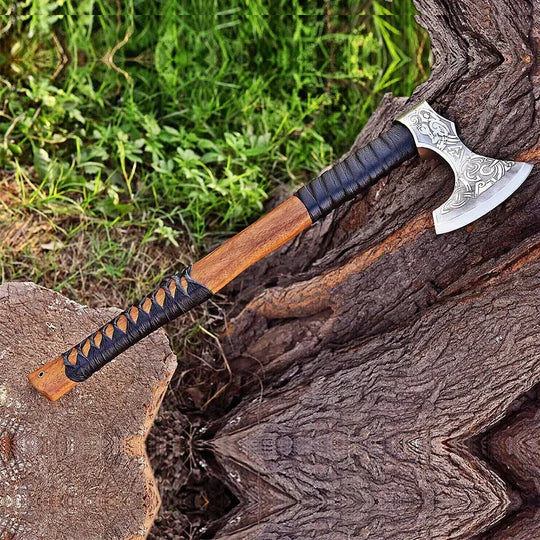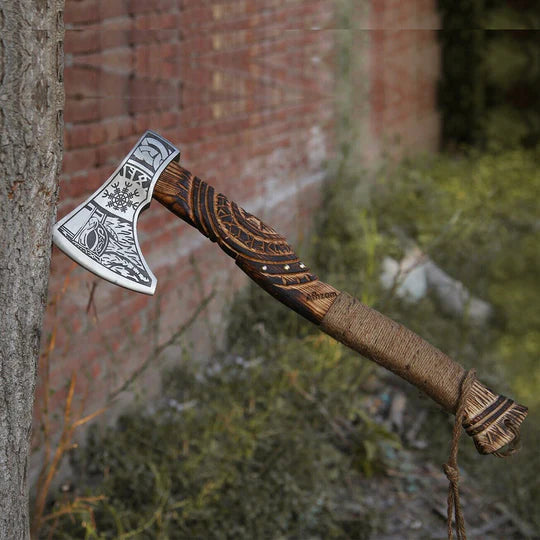Introduction
Axes hold a special place in human history, serving as essential tools for countless generations.
collectible axe From ancient civilizations to modern times, the axe has evolved from a simple tool to a symbol of craftsmanship and utility. In this article, we'll delve into the fascinating world of collectible axes, exploring their history, craftsmanship, and significance to collectors worldwide.
.
Historical Significance
Axes have been used by civilizations around the world for millennia, from the stone axes of prehistoric humans to the finely crafted axes of medieval Europe and beyond Each era and culture has produced unique axe designs tailored to specific needs, whether for agriculture, woodworking, warfarepurposes Collectible axes offer a glimpse into the past, providing insights into the technologiematerials, and craftsmanship of bygone eras Types of Collectible Axes Antique Axes: These axes date back decades or even centuries and are often prized for their historical significance, craftsmanship, and rarity Vintage Axes: Vintage axes typically refer to axes manufactured in the 20th century, showcasing a blend of trcraftsmanship and modern manufacturing techniques Custom Handmade Axes: Crafted by skilled artisans, custom handmade axes are prized for their quality, attention to detail, and unique designs.
Design and Craftsmanship
Collectible axes come in a variety of designs, including felling axes, splitting axes, hatchets, tomahawks, and ceremonial axes Craftsmanship plays a crucial role in the value of collectible axes, with features such as hand-forged heads he finely finished handles, decorative inlays, and personalized marki Many collectible axes bear the marks of their makers, providing insight into the artisans and manufacturers who crafted the. MaterialsTraditional axe heads were typically made from iron or steel, often hand-forged by blacksmiths using centuries-old techniques Handle materials vary depending on the era and region but often include wood such as hickory, ash, or oak, chosen for its strength, durability, and aesthetic appeal Some collectible axes feature ornate embellishments, such as engraved designs, decorative rivets, or inlaid precious metals, adding to their allure.
Collecting and Preservation
Collectors of axes often seek out specific types, brands, or historical periods to focus their collections Proper storage and preservation are essential to maintain the condition and value of collectible axes. This includes storing them in a dry, climate-controlled environment and periodically treating the handles with oil to prevent drying and cracking Researching the provenance and history of collectible axes can enhance their value and appreciation, providcontthesignificance Market Value The value of collectible axes can vary widely depending on factors such as rarity, condition, age, craftsmanship, and historical significanc Auction houses, antique shops, online marketplaces, and specialized dealers are common sources for purchasing collectible axes, with prices ranging from a few hundred dollars to several thousand or more.
Conclusion
Collectible axes offer enthusiasts a unique opportunity to connect with the past while appreciating the artistry and craftsmanship of these timeless tools. Whether for historical research, practical use, or simply as objects of beauty, collectible axes continue to captivate collectors around the world, preserving the legacy of these iconic implements for future generations to enjoy
collectible axes.







